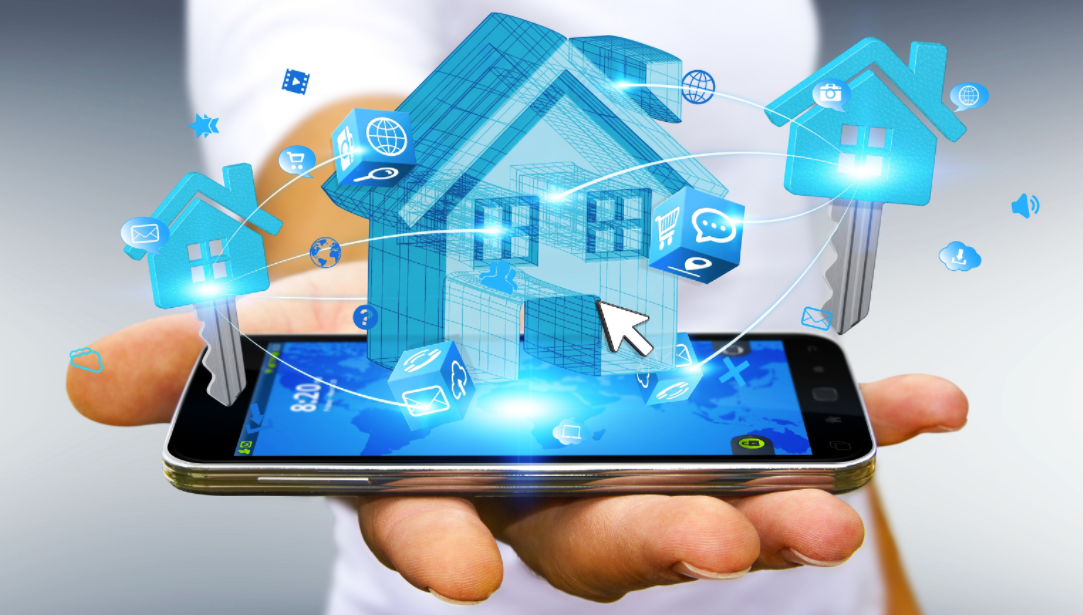
Smart home technology enhances convenience, efficiency and security within a home environment. Furthermore, it supports independent living for seniors while increasing accessibility for people living with disabilities.
Smart homes allow devices to be remotely controlled or programmed according to specific schedules or commands, or triggered by other devices like garage door controllers. Smart home systems often operate via one app that can be managed using voice assistants like Amazon Alexa or Google Assistant.
Convenience
Smart home audio video integration gives you access to your media anywhere in your house – be it streaming Spotify playlists during showering or watching recorded TV on the sofa – making it one of the key benefits of smart technology.
Smart home devices typically require more of an upfront investment, but over time can offer significant financial savings. For instance, smart thermostats learn your schedule and temperature preferences over time to help reduce energy usage and decrease electricity bills.
Cost-cutting features offered by smart home devices include remote monitoring, customized settings, wellness and safety check-ins and aging-in-place accessibility. While smart devices have limited lifespans due to regular software updates which make them vulnerable to power surges, as well as needing reliable internet connections to function correctly; manufacturers and alliances are continuously working on improving these technologies to create the optimal user experience for all.
Entertainment
Smart home integration systems not only enhance energy efficiency and convenience; they can also enrich your entertainment experience through high-quality audio/visual systems that connect to TVs, media streaming devices, and more.
These systems make life much simpler by enabling you to play music in the bathroom, listen to podcasts while cleaning or catch up on TV shows while relaxing on your sofa – all via voice command or smartphone app control!
Popular options for smart home integrations include Amazon Alexa with its Echo devices; Google Assistant on Google Home Hub and Mini; Apple HomeKit on iPhones/iPads/Macs/Apple Watches; Samsung SmartThings that integrates with various brands using Zigbee/Z-Wave protocols; IFTTT (If This Then That) that allows users to link services together based upon specific triggers (e.g. when motion detector detects movement then lights turn on); as well as IFTTT is user-friendly and setup is simple and straightforward – these services should make life much simpler!
Energy Savings
Smart homes make energy conservation simpler for homeowners by automating devices and giving them hands-free control, as well as monitoring and providing insights about energy consumption so that homeowners can reduce it accordingly.
Smart thermostats, light switches and light showers/toilets can all help homeowners save energy and water use through intelligent features that learn their habits and adjust accordingly, thus eliminating energy waste. Furthermore, smart light switches may automatically turn off when their occupants leave a room or provide energy insights so they can understand electricity consumption more fully. Finally, smart showers/toilets can cut water usage by adapting flow according to user needs and optimizing usage accordingly.
Smart home systems require an initial investment, but can quickly pay for themselves by saving energy costs and providing peace of mind to homeowners. Sensors in smart home systems detect motion, smoke and carbon monoxide to provide additional protection, alerting authorities in an emergency if necessary – giving peace of mind while away on vacation or just being in your own home!
Safety
Smart technology gives homeowners complete control of their devices from any location, whether it’s to turn off a light they forgot to switch off or detect intruders with home security systems. They can also remotely check in on children or aging parents with health monitoring devices that monitor blood pressure, heart rate and other biometrics.
Smart appliances can also help residents save energy, turning on and off automatically or responding to environmental factors, to lower utility costs over time. Furthermore, these smart appliances can detect indoor air quality problems like high levels of pollutants that lead to headaches, skin irritation and more serious respiratory conditions – something traditional appliances simply cannot do.
However, smart home technology still faces several hurdles, such as upgrading devices when they become outdated and providing regular security updates to safeguard against hacking or privacy concerns. Many individuals also harbor concerns over data privacy as many manufacturers collect personal information on users in order to offer new services.







